Knitting & Crocheting with Wool
Wool is the quintessential material for knitting and crocheting and with good reason. This fabulous fibre has versatility and wearability like no other—but have you ever wondered how to use wool’s best features to your advantage in your knit and crochet projects? If so, this article will give you a jumping-off point on all things wool: how to knit/crochet with it, how to care for it, and how to intentionally choose the best wool for your next project.
Without further ado, let’s dive in!
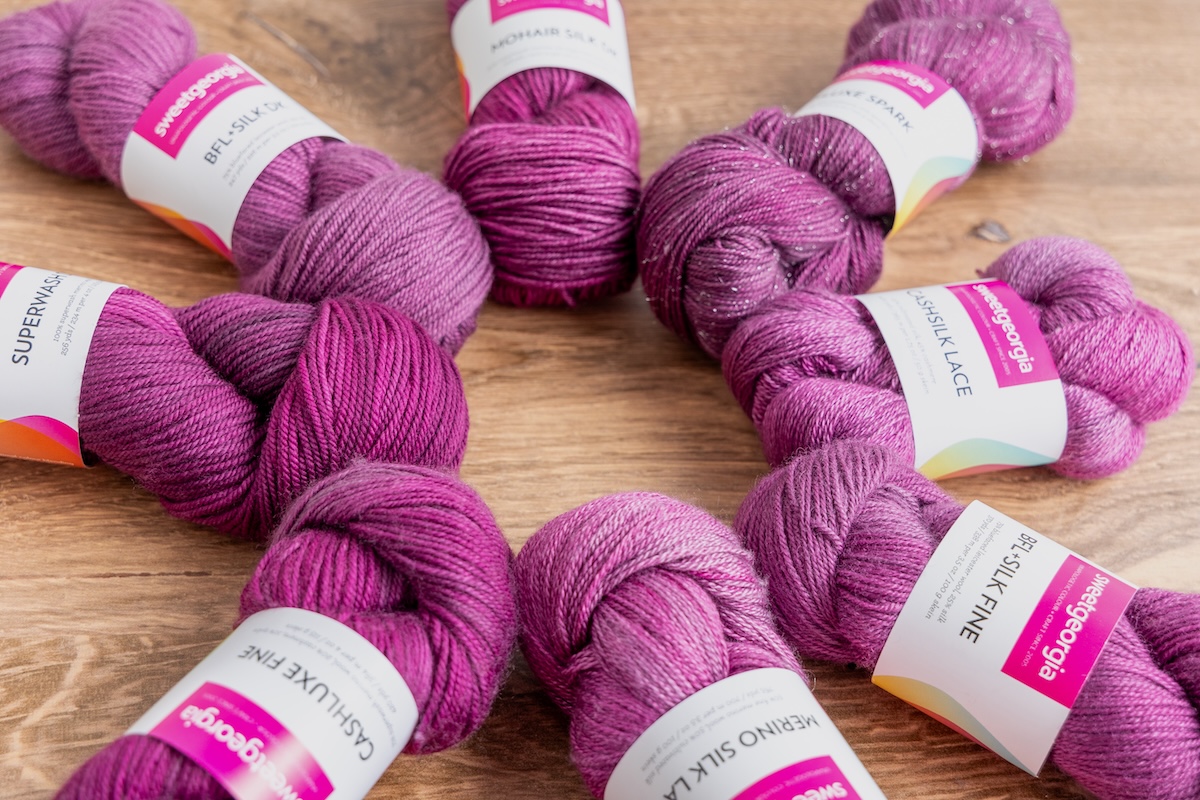
Things to Consider When Knitting & Crocheting with Wool
Wool’s popularity means that knitters and crocheters are spoiled for choice with countless wool types available on the yarn market. How is a maker to choose the best option for their project? While this list is by no means exhaustive, here are a few key properties to consider when assessing a yarn:
- Washability. Always check washability first when considering a wool yarn—wool fresh off the sheep isn’t suitable for machine washing and should only be hand washed, while some wool yarns have been specifically processed to be machine-safe. Machine washable wools are easy to work with and care for. But, hand-wash-only wools have other desirable qualities that machine-washable wools do not (more on that below). So be sure to keep your specific priorities in mind when choosing wool for a project.
- Elasticity. Wool is prized for its elasticity (its ability to stretch and then spring back into its original shape), which sets it apart from plant fibres like linen as well as many synthetic fibres. However, not all wools have the same level of elasticity. Some may stretch out more and be more inclined to stay put, while others may only stretch a little. Higher elasticity is important for certain project types, such as hats and socks that need to fit snugly, while lower elasticity works well for garments that need to drape. Swatching and then washing and blocking your swatch is the most accurate way to determine a yarn’s elasticity, so be sure to test it when considering a new yarn.
- Texture. Just as different wools have different levels of elasticity, their textures also differ. Some wool types are smooth and soft, while others are rough and sturdy. Some might be more dense, while others are fluffy and airy. Again, we’ll discuss this in more detail below; but the wool’s texture has an important impact on the wearability, sturdiness, and aesthetic of your final project.
- Fibre blend. It’s common to see wool blended with other fibres such as silk, mohair, nylon, cotton, or linen to create a unique yarn. Each of these fibres brings its own qualities and quirks to a blended yarn—and the higher the percentage of the secondary fibre, the more it impacts the properties of the final yarn. If you’re interested in trying a blended yarn, make sure to research the secondary fibre and understand how it differs from wool. Alternatively, it’s possible that if you can’t find a pure wool yarn with the exact properties that you need for a project, looking for a blend will be your ideal option.
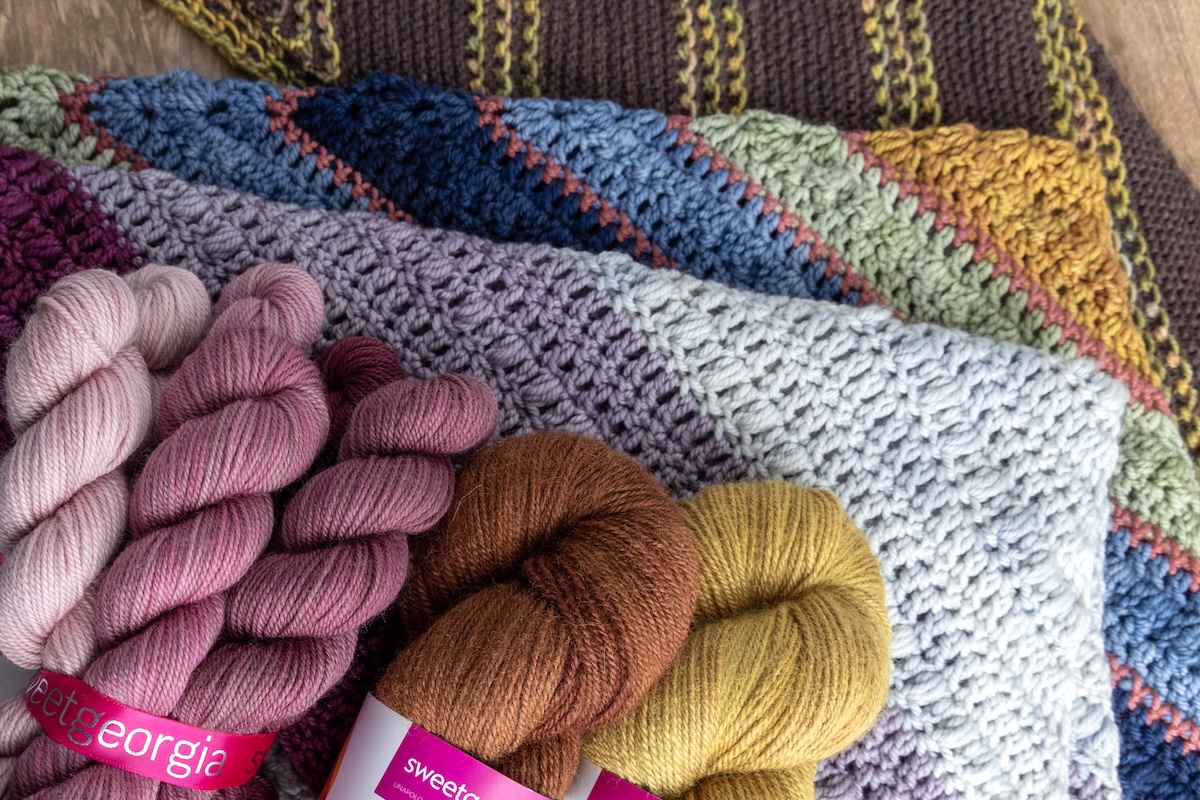
Common Wool Types
Over the centuries, cultures worldwide have bred sheep for distinctive wool properties to suit their climate and needs—which means more choices for knitters and crocheters today. While it would be impossible to list all the sheep breeds in existence, here’s a brief rundown of some of the most popular wools used for commercial yarns:
- Merino. The most familiar sheep breed even among non-knitters or crocheters, Merino is a versatile, classic wool. It’s best known for its softness, making it easy to wear even for many with sensitive skin. It also takes dye evenly, has good drape, and breathes well (which means Merino garments are still wearable in warmer temperatures). Due to its popularity, Merino sheep are fairly common, which means Merino wool is usually available at a more affordable price point than other wools. It’s also an easy wool to treat for machine washing, so most Merino yarns (though not all) on the market are easy care. The main drawback of Merino is that individual Merino fibres are finer than that of other wools, which makes it softer—but also more prone to pilling. While it’s quite sturdy relative to its softness, it usually needs to be blended with nylon or silk to be strong enough for hard-wearing projects like socks. Most of SweetGeorgia’s Yarns contain Merino wool. SweetGeorgia Superwash DK and SweetGeorgia Superwash Worsted are pure Merino for comfort, while SweetGeorgia Tough Love Sock is a blend designed for optimal strength.
- Bluefaced Leicester. Often abbreviated as BFL, Bluefaced Leicester is less common than Merino but is fast gaining popularity due to its sturdiness, superior drape, and sheen. BFL is a longwool, meaning that its individual fibres are quite long relative to other breeds. These longer fibres are less prone to pilling and give BFL its shine. However, it is slightly less soft than merino. SweetGeorgia BFL+Silk Fine and SweetGeorgia BFL+Silk DK add silk to increase the softness and accentuate BFL’s natural drape even further.
- Corriedale. Corriedale wool is a hard-wearing workhorse. Its thicker fibres, density, and elasticity mean that it’s squishy, warm, and doesn’t pill. Corriedale’s texture is a bit rougher than Merino or BFL, and it’s less often available in a machine-washable option. SweetGeorgia carries Corriedale Spinning Fibre in a variety of colours for those who’d like to try this sturdy wool (and maybe a new craft…).
- Targhee. Like Corriedale, Targhee is strong and springy. But rather than being dense, Targhee has an airy, almost spongy texture. It’s comfortable and lightweight to wear, and Targhee yarns keep their shape well due to its elasticity. However, it also has a slightly rougher texture. SweetGeorgia also carries a Targhee Spinning Fibre.
These are just a handful of the incredible sheep breeds out there, so be sure to do your research—you may discover an unlikely favourite wool type.
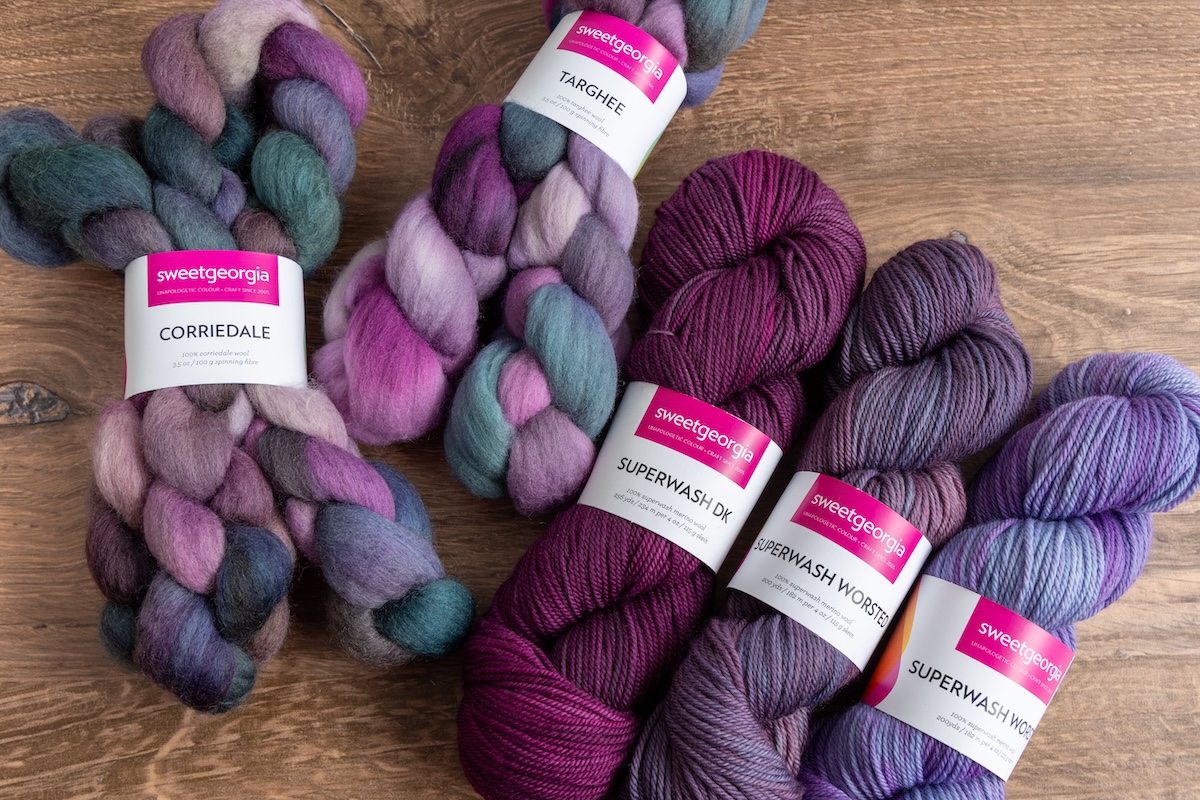
Common Wool Blends
Wool blends—wool mixed with another fibre—are possibly even more common than pure wool yarns, As discussed above, blends impart the best of both worlds to the final yarn; it’s like playing mix and match with multiple amazing fibres. Again, this is by no means exhaustive, but some common fibres included in wool blends are:
- Nylon. A machine made fibre, nylon is usually added to wool yarn to increase its sturdiness and augment its natural elasticity. Wool/nylon blends are harder-wearing than pure wool yarns, which makes them perfect for projects that need to take rough handling, like socks. That said, the same strength that makes nylon a great addition to more delicate wool also means that a wool/nylon blend will be less soft than a pure wool. SweetGeorgia Tough Love Sock is a prime example of a wool/nylon blend.
- Silk. While silk is best known for its shine, it also takes dye vividly, flows well, and is incredibly strong. A wool/silk blend will be elegant and soft, but hard-wearing. The only drawback is that silk is one of the more expensive natural fibres, so wool/silk blends aren’t usually the most affordable. SweetGeorgia carries several wool/silk blend yarns, including the SweetGeorgia Merino Silk Lace and the SweetGeorgia BFL+Silk Fine.
- Cashmere. Cashmere is famous for its softness, and that’s exactly what it brings to a wool/cashmere blend. There’s nothing more luxurious than a touch of cashmere, but it’s not the sturdiest fibre and can be prone to pilling if not taken care of well. It’s also an expensive fibre. SweetGeorgia Cashluxe Fine and SweetGeorgia Cashluxe Spark have the softness of a wool/cashmere blend but adds silk for a bit of extra strength.
- Mohair. Most people are familiar with fluffy, brushed mohair, but mohair fibres are actually quite long and silky. Adding mohair to a wool yarn has a similar effect to silk, adding sheen, strength, and drape. SweetGeorgia Mohair Silk Sock was formerly known as Bulletproof Sock for that very reason; its counterpart, SweetGeorgia Mohair Silk DK, is pill-resistant and drapes well even though it’s a heavier-weight yarn.
The sky’s the limit when it comes to blending other fibres with wool, so keep an eye out for those combinations and their unique qualities.
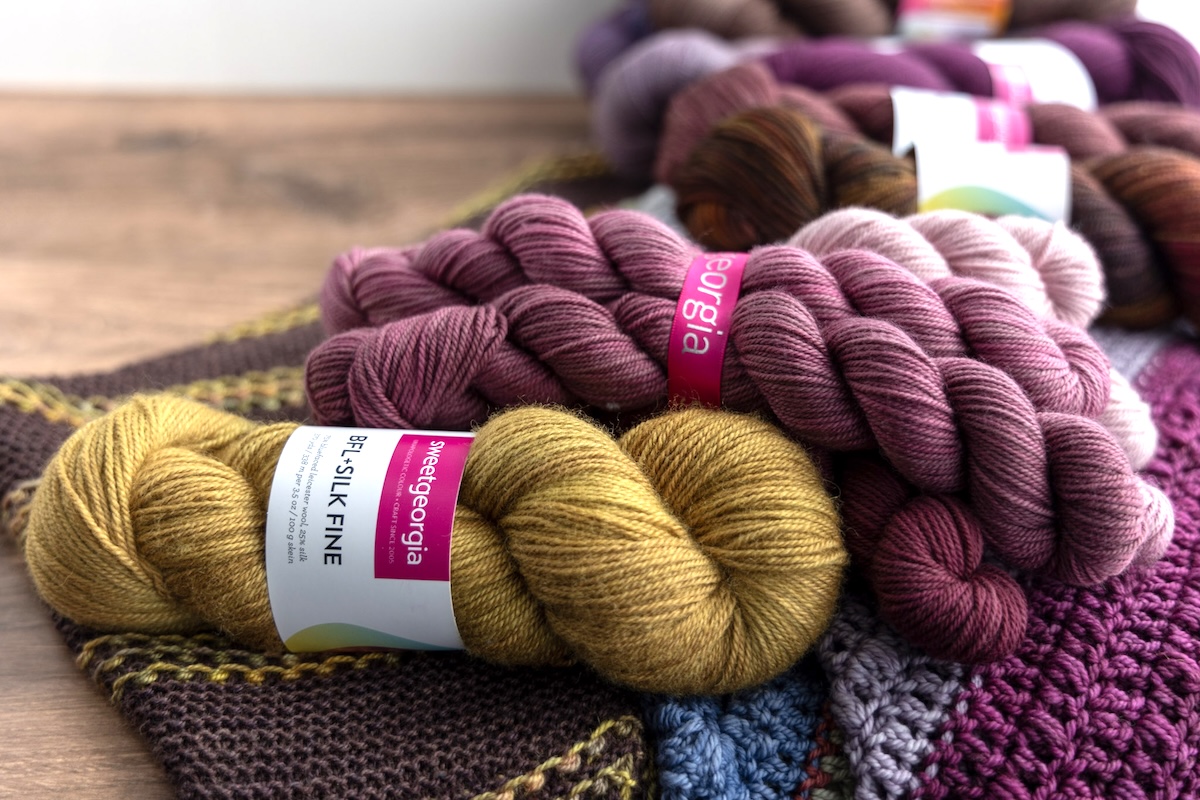
Washability
Most of us have a sad story or two about accidentally throwing a wool garment, whether handmade or store-bought, into the washing machine and felting it. All wool fibres, regardless of breed, are covered in microscopic plates called scales, which naturally grip to each other. When exposed to heat, moisture, and agitation, such as the repetitive motion of a washing machine, those scales cling to each other more and more tightly, which causes the wool to shrink and felt.
Wools can be treated to make them washable by smoothing the microscopic texture of the scales, keeping them from sticking. The most common treatment, often referred to as “superwash” wool, involves coating the wool in a polymer to smooth the scales. Incidentally, this process also results in a softer, smoother yarn. Since polymer isn’t the most eco-friendly, some scientists have developed organic washability treatments for wool, though these are still less common than superwashing.
Machine washable yarns are going to be easier to care for, so they’re a popular staple. However, it’s also possible to use the specific properties of a non-machine washable wool to our advantage in a knitting or crochet project. These yarns are often described as “woollier” than machine washable yarns—when wool scales interlock and grip to each other without felting (which only happens under heat, moisture, and agitation), they create a strong, cozy fabric that holds warmth and keeps out drafts like no other. As an added bonus, ends woven into the fabric will naturally lock into place and be more secure.
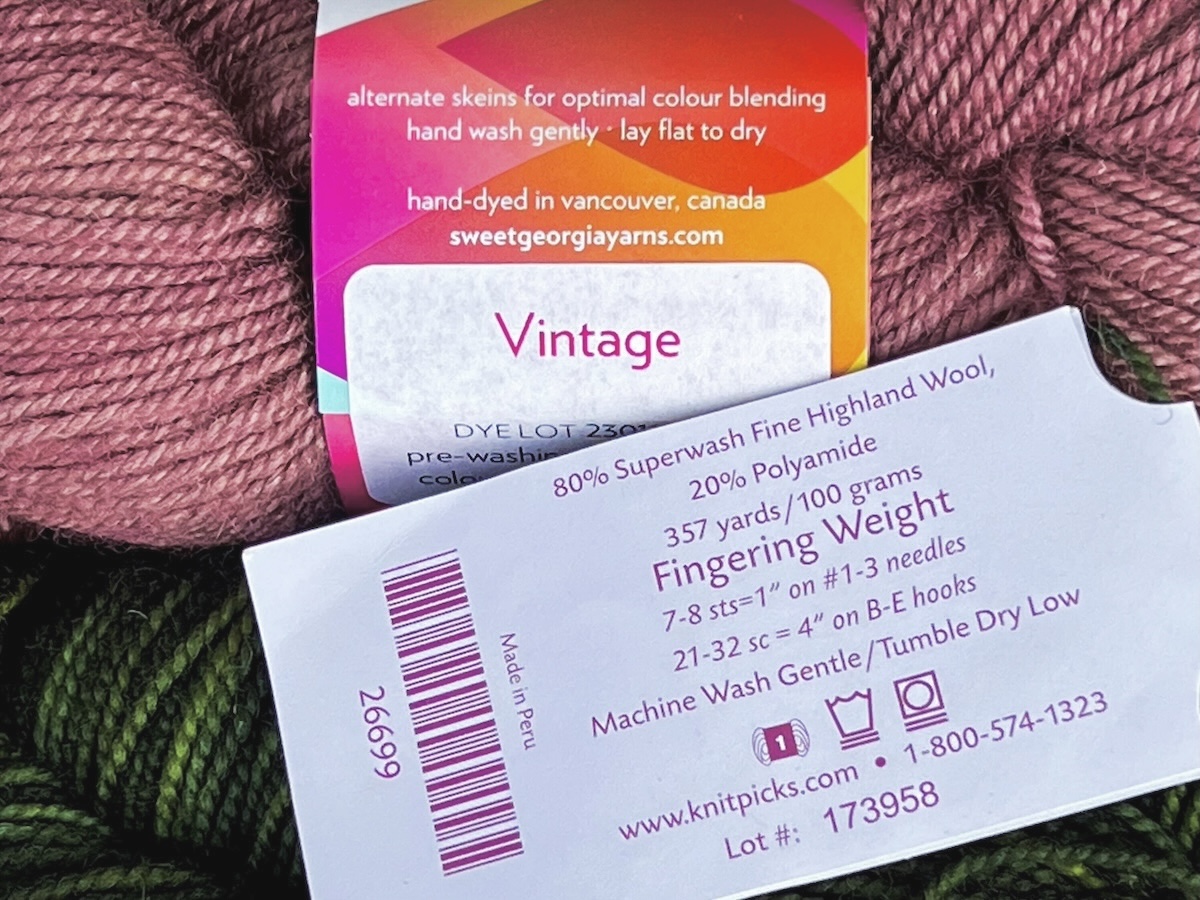
When making a decision between machine washable or hand wash-only wool, consider how you plan to wear and wash the final project. If you’re going to wash the project frequently or have sensitive skin, go for a washable yarn.
Choosing Wool Yarns
Now, all that information about wool is fun, but applying it to projects might be even more fun. Ultimately it’s up to you to swatch, experiment, and figure out what you like best in a wool yarn. That said, if you need a jumping-off point, here are a few tips to get you started:
- As mentioned above, projects that are going to take a lot of strain, such as socks and mittens, need to prioritize sturdiness. Choosing a sturdy wool, possibly blended with a fibre such as nylon or silk for extra strength, will give your project a longer wearable life.
- Accessories that don’t need to be hard-wearing—such as shawls, scarves, and cowls—are a great opportunity to break out those ultra-soft wools and luxury blends.
- Everyone’s ideal sweater yarn is different, so consider the context in which you’ll be wearing yours. Do you need a washable garment to throw on every day? A delicate cardigan to dress up for special occasions? A sturdy pullover to use in place of a sweatshirt or outerwear? Choose your wool accordingly.
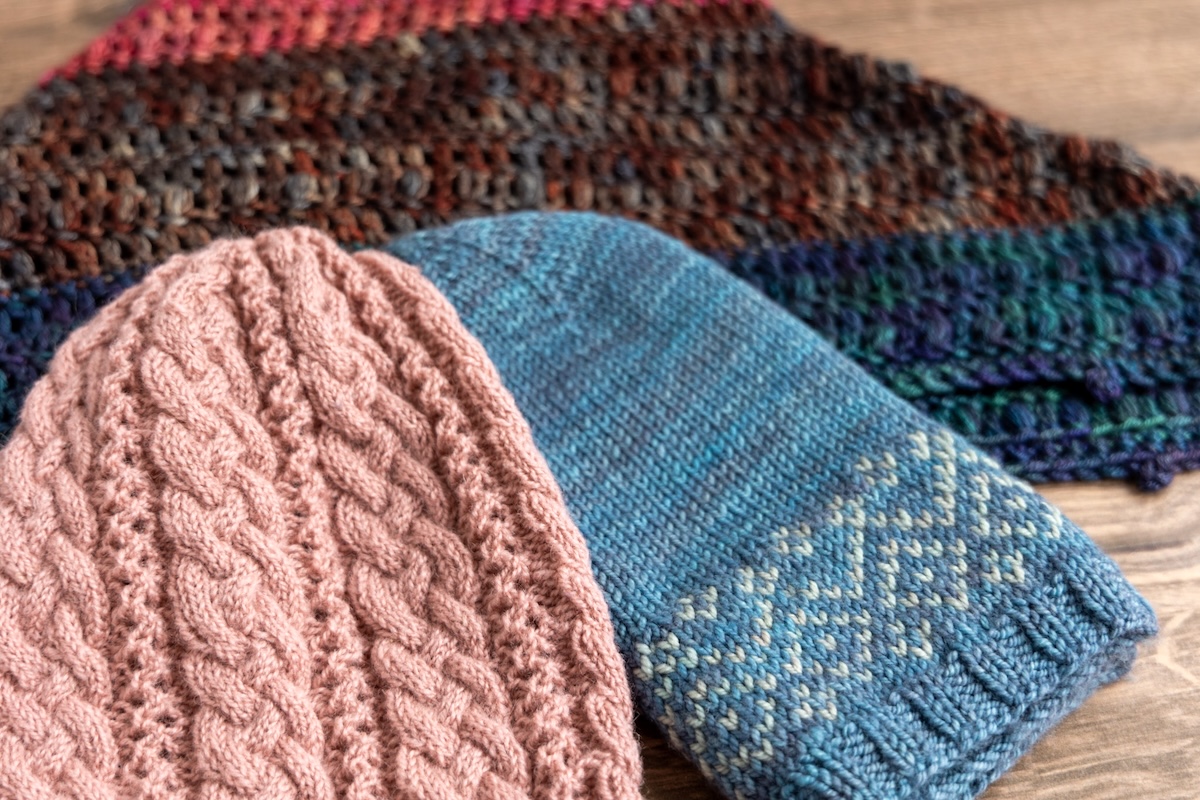
Exploring the Wonderful World of Wool
Believe it or not, this article just scratches the surface of everything there is to know about knitting and crocheting with wool. This incredible fibre has so much to offer—happy experimenting!
Interested in reading more about different wools, fibres, and working with these yarns? Here are just a few suggestions from our blog:
- Blocking Animal vs Plant Fibres by Ruth Nguyen
- What Makes Mohair Yarn So Great by Ruth Nguyen
- Why I love BFL (Wool) by Felicia Lo
- Yarn Substitution: Flaxen Silk for Wool by Ruth Nguyen
We also invite you to explore our online knitting and crochet courses at the School of SweetGeorgia. There you can find a range of fabulous fibre arts content and a friendly community of makers. Use the code: EXPLORETHESCHOOL to access a 14-day trial for just $1. We look forward to seeing you inside the School!
The post Knitting & Crocheting with Wool appeared first on SweetGeorgia Yarns.
Comments
Post a Comment